What is coronary plaque?
Coronary plaque forms when cholesterol builds up in the walls of the arteries. Over time, as the plaque grows, it can narrow the coronary arteries that supply blood to the heart muscle and stops the blood from flowing properly.
In the early stages, there may be no symptoms, though it’s worth remembering that even fairly mild plaque can increase the risk of a sudden heart attack. With more severe narrowings, which interfere with blood flow, breathlessness may be experienced or chest pain with exercise.
So, what can be done?
If there are risk factors for heart disease (such as smoking, diabetes, obesity or a family history of heart problems), then it’s important to talk about these with a GP. Depending on age, people may even qualify for a Heart Health Check to assess the risk of a heart attack or stroke.
To learn more about coronary artery disease see our website Connected Cardiology
This article is for reference purposes only – it is not designed to be, nor should it be regarded, as professional medical advice. Please consult your own medical practitioner for health advice specific to your condition.
Disclaimer:
This article is for reference purposes only – it is not designed to be, nor should it be regarded, as professional medical advice.


